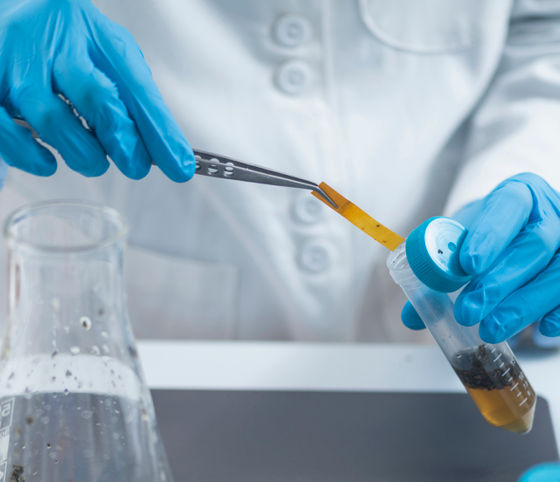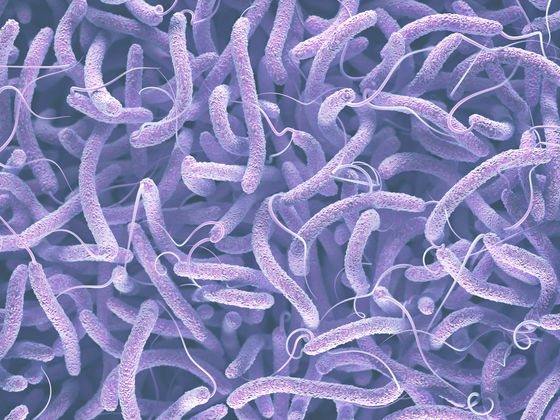Succeeded in producing 'computational paper' by printing living cells

by Universitat Pompeu Fabra
2D printed multicellular devices performing digital and analogue computation | Nature Communications
https://www.nature.com/articles/s41467-021-21967-x
Universitat Pompeu Fabra (UPF)
https://www.upf.edu/es/inicio/-/asset_publisher/1fBlrmbP2HNv/content/id/244244834/maximized
Researchers design a biological device capable of computing by printing cells on paper
https://phys.org/news/2021-03-biological-device-capable-cells-paper.html
With the development of technology, advanced and multifunctional devices such as smartphones and tablets have become familiar, but the technology to easily check one's health condition with biomarkers that indicate signs of illness has not become widespread. Biocomputers using living cells have been developed as devices for detecting biomarkers, but conventional biocomputers have the problem of 'requiring specific conditions and specialized knowledge prepared in the laboratory'. had.
The device, announced by Pompeu Fabra University in Barcelona, Spain, is a biocomputer that prints different types of living cells and nutrients on paper instead of ink. The cells encapsulated in paper form the same structure as some electronic circuits that grow in paper and can detect biomarkers and emit signals. In addition, because it is printed on paper, it is easy to handle and the cost is kept very low.

Sira Mogas-Díez, the lead author of the paper, said that a biocomputer that can print on paper 'wanted to design a scalable model, so let's adopt a system that can be manufactured by printing a picture on a T-shirt. The device we developed is to impregnate cell ink to deposit cells and create arbitrary shapes, which makes them common, unlike traditional biocomputers. It is now possible to store it in a simple refrigerator or store it in a freezer for a long time. '
'This is a computer that uses living cells and the paper that supports them as hardware, and the structure in which the cells are placed as software,' said Javier Macía, co-author of the paper.
The research team of Mogas-Díez and colleagues has already used this technology to develop sensors that detect the harmful substance mercury and biosensors that detect Vibrio cholerae contained in contaminated water. Water pollution caused by Vibrio cholerae is a common problem in developing countries where there are few research facilities and specialists, so the research team says that biocomputers that can be mass-produced at low cost and are easy to handle are particularly promising. I will.

In addition, using the biocomputer developed by the research team, it is possible to measure the risk of pregnancy complications called pre-eclampsia. Identifying pre-eclampsia requires complex testing targeting a variety of biomarkers, but a well-placed biocomputer eliminates the need for complex testing.
'There are still a lot of challenges left, but early research shows that biological devices are likely to be commercially available and available,' said Macia. I did.
Related Posts:
in Science, Posted by log1l_ks







